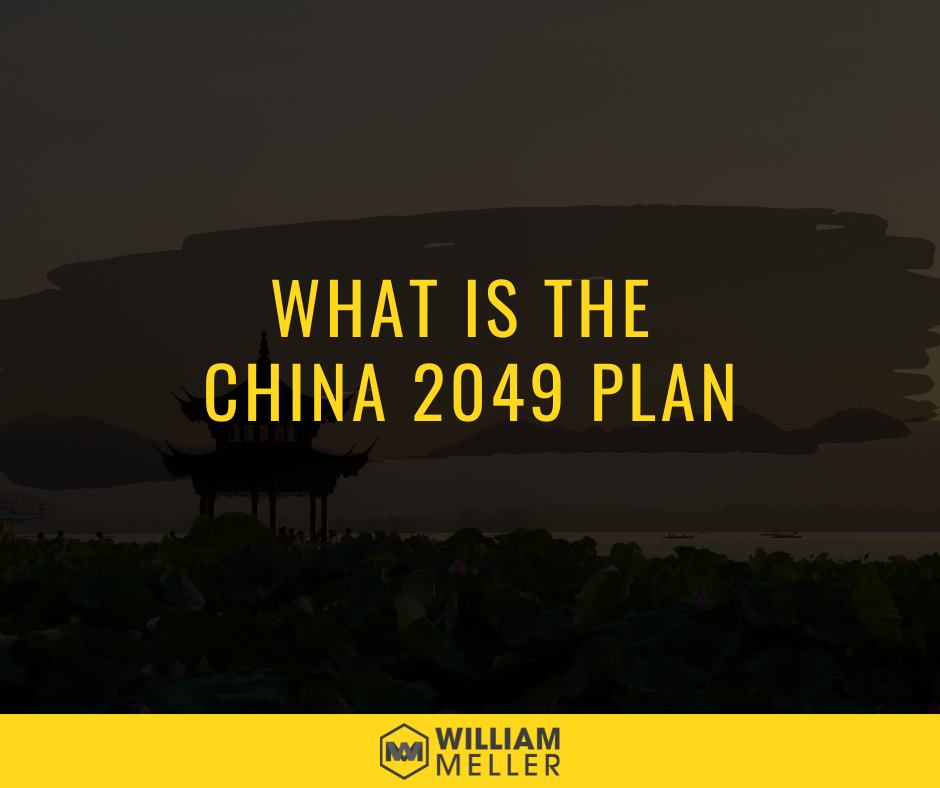
Global China 2049 Initiative refers to the Chinese economic strategies and policies across various sectors as it moves toward achieving its aspirational “national rejuvenation dream.
China has a goal of becoming one of the world's most developed nations by its centenary in 2049. To achieve it, over the next 30 years it will lay down more infrastructure than the rest of the world has in its history, modernizing and greening cities and buildings, embracing technology, and finding new ways to care for and feed over 1.3 billion people.
In 1921, the population of China was 400 million, and it was a necessitous country under the occupation of several foreign powers. Unlike in 1949 when the majority of the Chinese population was poor and illiterate, the situation in 2021 is totally different.
Over the last 72 years, China has elevated around 700 million people from poverty and today China is a success story in terms of GDP, economic growth rate, exports, foreign exchange reserves, and the standard of living.
If China meets the target by 2049, its economy will triple America's.
It’s clear that China is the world’s next economic superpower. But what isn’t so clear is how China will get there by the middle of this century.
The primary responsibility of Chinese authorities to move toward its 2049 “grand goal” is to ensure sustainable and balanced economic growth against the background of multiple domestic issues. The challenges have been identified as an aging population, widening income inequality, economic imbalances, production overcapacity, rising local government and corporate debt, an inefficient financial system, and environmental degradation.
The country also has to deal with structural problems, including the middle-income trap and international challenges resulting from rising strategic competition with the US and the Covid-19 pandemic.
After decades of environmental degradation, China is looking for sustainable, green solutions to some of its biggest challenges - how to feed, power, and house a population of 1.3 billion people. If it succeeds, it will change the face of China and redefine the future as we know it.
David Dollar, Yiping Huang, and Yang Yao have a book called "China 2049: Economic Challenges of a Rising Global Power" that brings to discuss this question: how will China reform its economy as it aspires to become the next economic superpower?
Does China have enough talent and the right policy and institutional mix to transit from an input-driven to innovation-driven economy?
What does an aging population mean for the country in terms of labor supply, consumer demand, and social welfare expenditures?
Can China contain environmental and climate change risks?
How should the financial system be transformed in order to continuously support economic growth and keep financial risks under control?
References and/or inspirations:
I am incredibly grateful that you have taken the time to read this post.
Your support and engagement mean the world to me, and I truly appreciate your interest in the topics I write about.
I hope that you have found this post informative, educational and engaging.
If you are interested in reading more of my work, please visit other articles here on the website.
I promise to continue providing valuable and high-quality content for your enjoyment and education.
Thank you again for reading and I hope to see you soon!
Here are some related articles you may enjoy:
There are even more good things I've prepared for you!
Subscribe below or click here to receive new posts in your Email!
Do you want to read some book notes and recommendations? Discover more here!
Do you want to have amazing weekly content curation? Discover more here!
Ready to make a positive impact?
Support my work by sharing my content with your network.
Your simple act of kindness can reach new heights and help spread valuable information.
Want to show your support in a tangible way? A virtual coffee is a small but mighty way to show your appreciation and give me the extra energy to keep crafting valuable content!



